Submitted by WA Contents
Bamiyan Cultural Centre Design Competition Awards Announced
United Kingdom Architecture News - Feb 25, 2015 - 11:31 7612 views
An Argentina-based architecture team led by Carlos Nahuel Recabarren was announced as the winner of an international competition to design a Cultural Centre in Bamiyan, Afghanistan.
The winning entry, entitled Descriptive Memory: The Eternal Presence of Absence, and four runner-ups were anonymously selected by an international jury of seven technical experts. The wide-ranging backgrounds of the jury, including Cameron Sinclair, Executive Director of Jolie-Pitt Foundation and Co-founder of Architecture for Humanity, Elizabeth O’Donnell, Acting Dean of The Cooper Union, and Young Joon Kim, the Coordinator of the Paju Book City in Korea, spoke to the importance the international community places on cultural renewal in Afghanistan.
The work of Carlos Nahuel Recabarren and his fellow team members Manuel Alberto Martinez Catalan and Franco Morero’s was selected from an astonishing 1,070 design proposals submitted from 117 countries. The competition was launched on November 15, 2014 by the UNESCO Office in Afghanistan.
In announcing the winning design Paolo Fontani, Director of the UNESCO Office in Afghanistan, said that “This competition was an opportunity to create a new pattern for architecture, design and cultural development in Afghanistan. It is one of our objectives to make sure that the Afghan people recognize themselves in the design concept.”
The design was endorsed by the Afghan President, H.E. Ashraf Ghani, who acknowledged UNESCO’s competitive selection process for the design of the new Bamiyan Cultural Centre, and voiced his dedication to protect Afghanistan’s cultural heritage. In this connection, the Afghan government will set up a major national culture program whose aim will be to value the country’s rich cultural diversity. The program will include a nationwide archaeological survey, a creative industries programs, and targeted activities to safeguard minority rights across the country.
The winning entry’s conceptual description states: “The Bamiyan Cultural Centre seeks to create a new vital centre for communicating and sharing ideas. Therefore, our proposal tries to create not an object-building but rather a meeting place; a system of negative spaces where the impressive landscape of the Buddha Cliffs intertwine with the rich cultural activity that the centre will foster. The Bamiyan Cultural Centre then is not a built but rather ‘found’ or ‘discovered’ by carving it out of the ground. This primordial architectural strategy creates a minimal impact building that fully integrates into the landscape, takes advantage of thermal inertia and insulation of the ground and gives a nod to the ancient local building traditions.”
UNESCO in Afghanistan, in partnership with the Afghan Ministry of Information and Culture and through the generous financial support of the Republic of Korea, will construct the Bamiyan Cultural Centre in a commanding location close to the boundaries of the World Heritage property of the Cultural Landscape and Archaeological Remains of Bamiyan. While the World Heritage site is perhaps best known for the large standing Buddhas that were destroyed in 2001, the Cultural Centre is oriented more toward the future, encompassing the multi-layered heritage of Afghanistan’s long history and envisioning the building as a cornerstone in efforts to preserve culture, promote research and build community around culture. The international competition to design the centre marked the first step in this process.
The jury identified exceptional qualities in the winning entry: a well-conceived plan providing for all program elements as well as a separation of public/exhibition and research/educational activities; a very sensitive site strategy that produced an elegant entry sequence and minimal visual impact on the site, integrating the building as part of a larger garden strategy, and the suggestion of brick construction that would be expressed on the interior spaces of the building, creating elegant passageways that could easily serve as informal or formal meeting spaces and additional informal gallery spaces. They also found the project to be an appropriately scaled project, and with careful design development, would be a very buildable project.
The design of the Bamiyan Cultural Centre has been created around the theme of national unity to promote heritage safeguarding, cross-cultural awareness, and cultural identity thereby contributing to the broader aims of reconciliation, peace-building and economic development in Afghanistan. The design also had to complement the physical and historical landscape of Bamiyan, described by UNESCO as a landscape that “bears an exceptional testimony to a cultural tradition in the Central Asian region, which has disappeared.”
In making its selection, the jury applied design principles emphasizing innovation, facilitation of community, environmental consciousness, and connection to the natural and cultural landscape of the Bamiyan Valley.
The jury members reflected the many facets of architecture itself: scholars, practitioners, preservationists, educators and cultural leaders; it was a diverse group that was open to dialog, and the range of designs submitted gave the jury much to discuss. The jury process itself was professional, collegial, challenging and extremely engaging. Every Jury member reviewed every submission.
The winning design was awarded 25,000 USD. In addition to today’s first place winner, the Jury awarded 8,000 USD to four runner-ups:
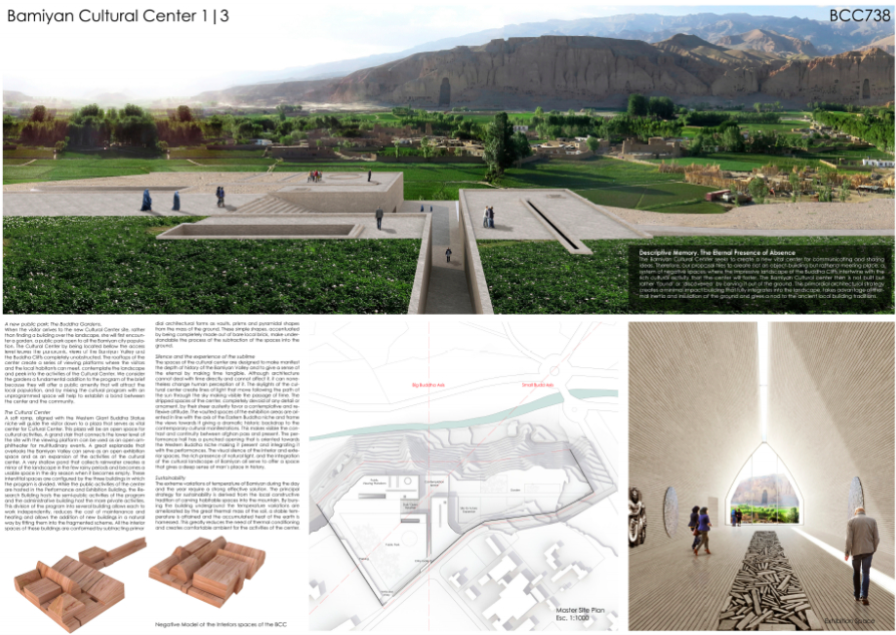
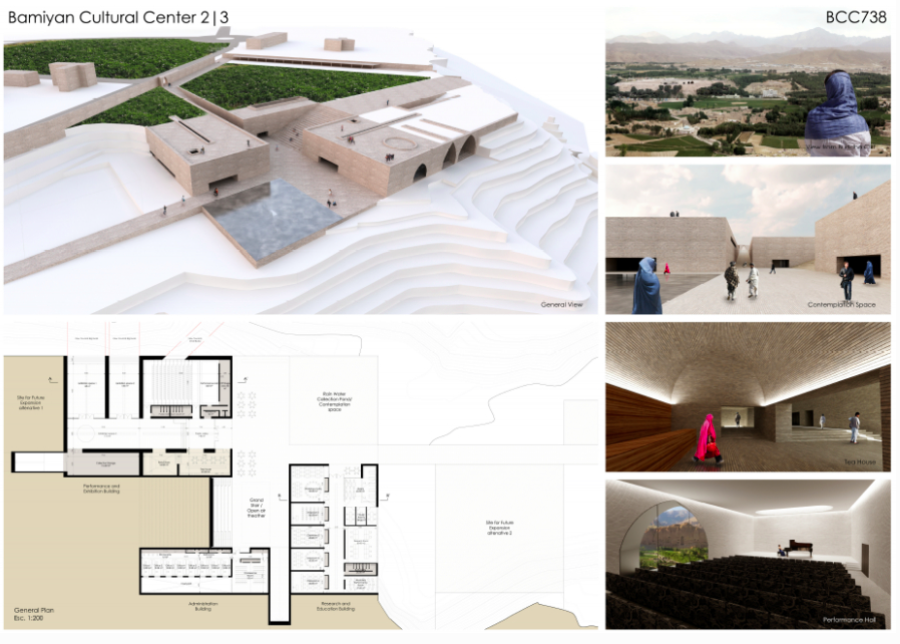
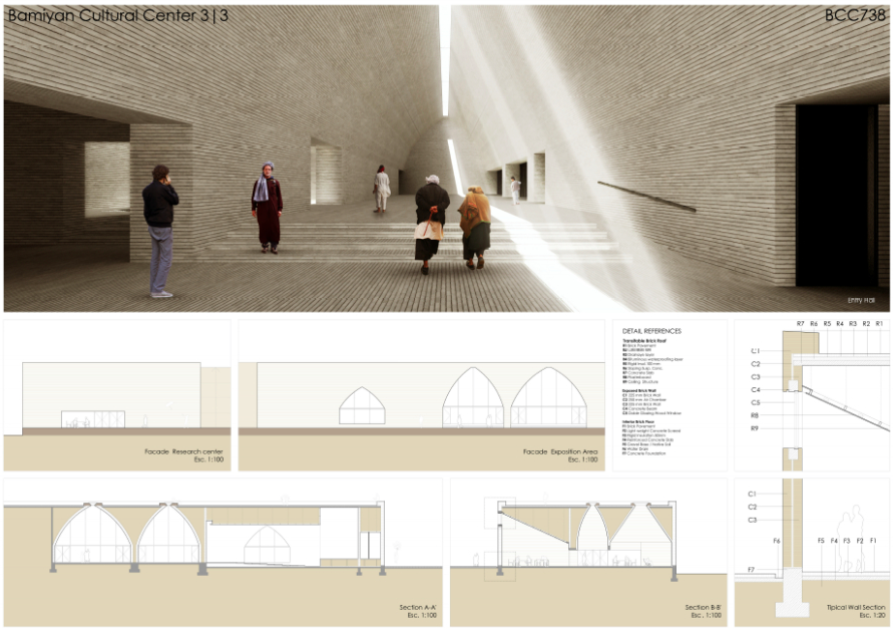
Winning Entry
Submission ID: BCC000738
Team Leader:Recabarren, Carlos Nahuel
Team Member1:Martínez Catalán, Manuel Alberto
Team Member2:Morero, Franco
Country:Argentina
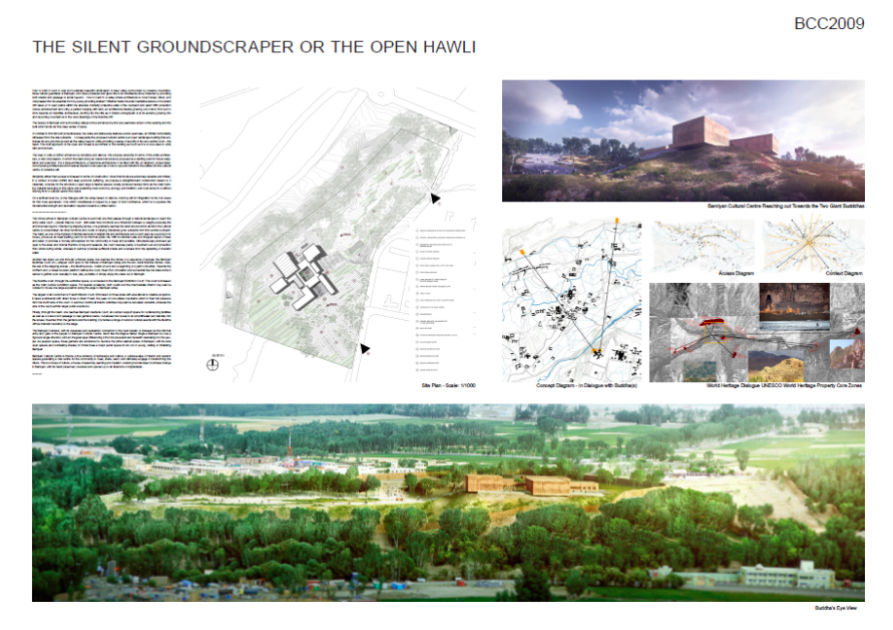
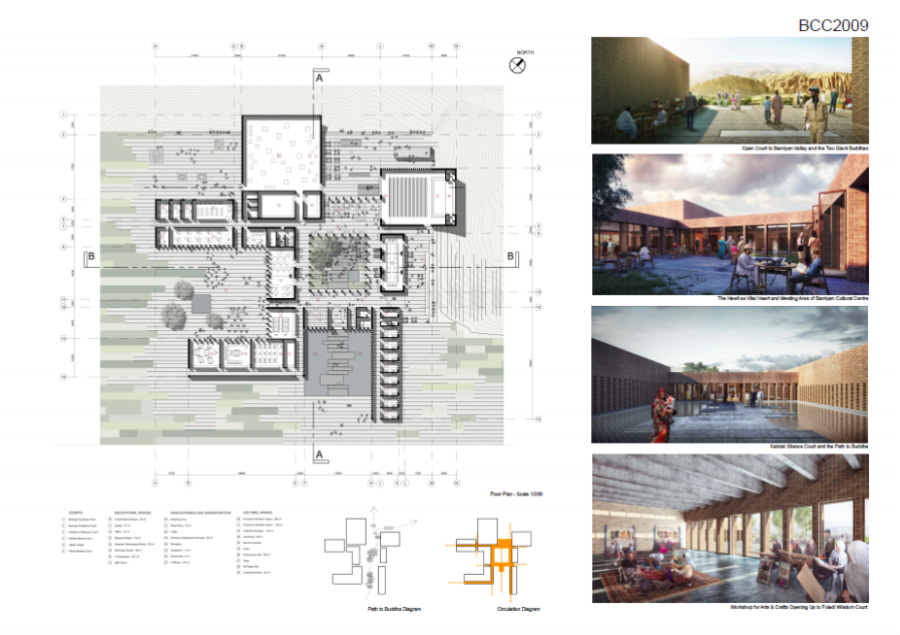
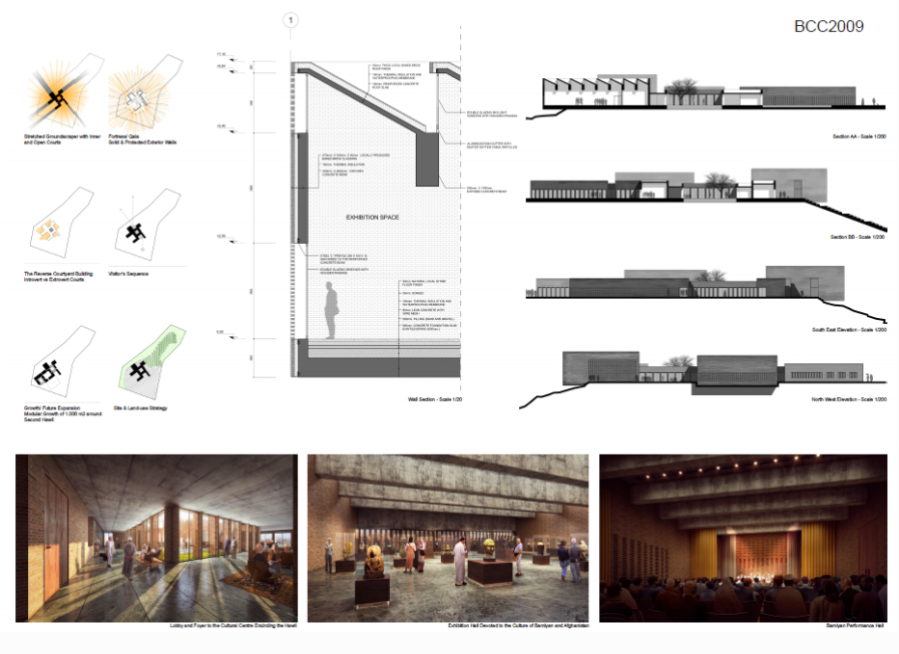
Four Runner-ups:
Submission ID:BCC002009
Team Leader:Ahmet Balkan
Team Member:Emre Bozatli
Country:Turkey
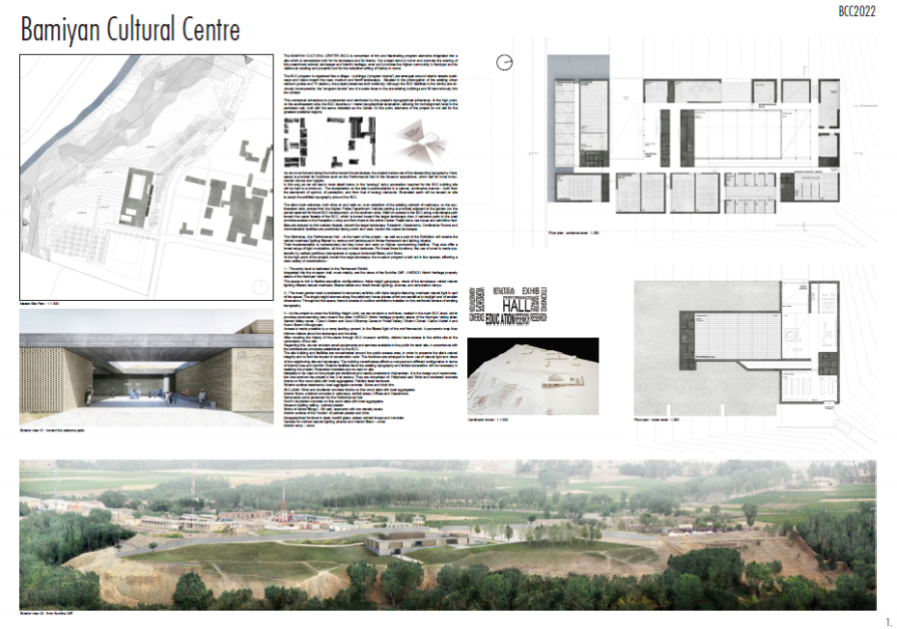
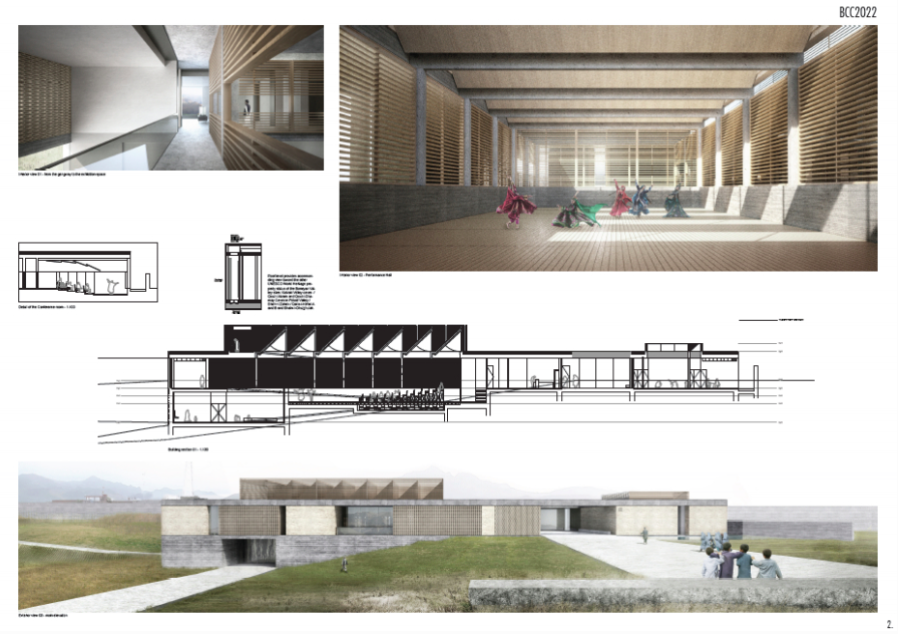
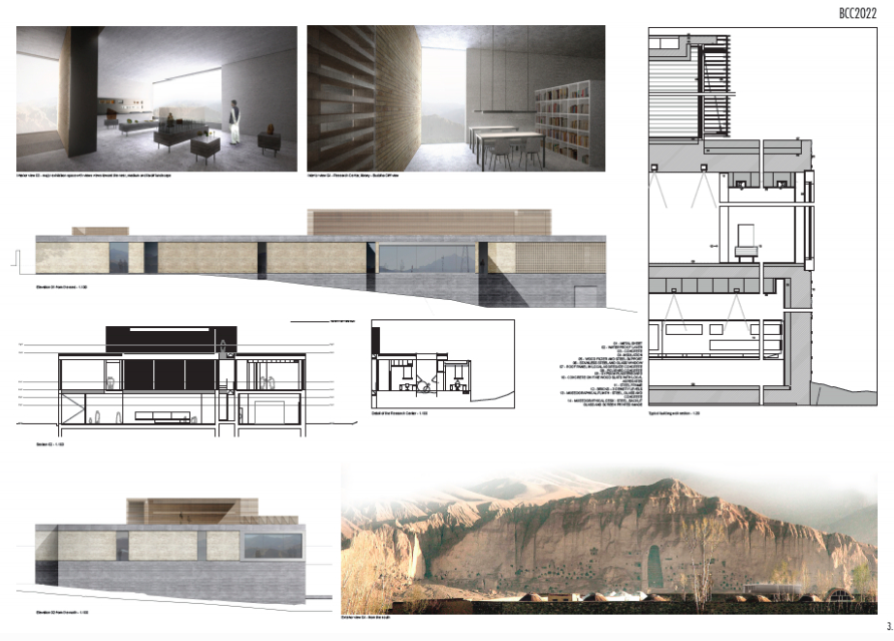
Submission ID:BCC002022
Team Leader:Noel Dominguez
Team Member1:Zoe Salvaire
Team Member2:Agathe Culot
Team Member3:Anna Kampmann
Team Member4:Alexandre Ferron
Country:France
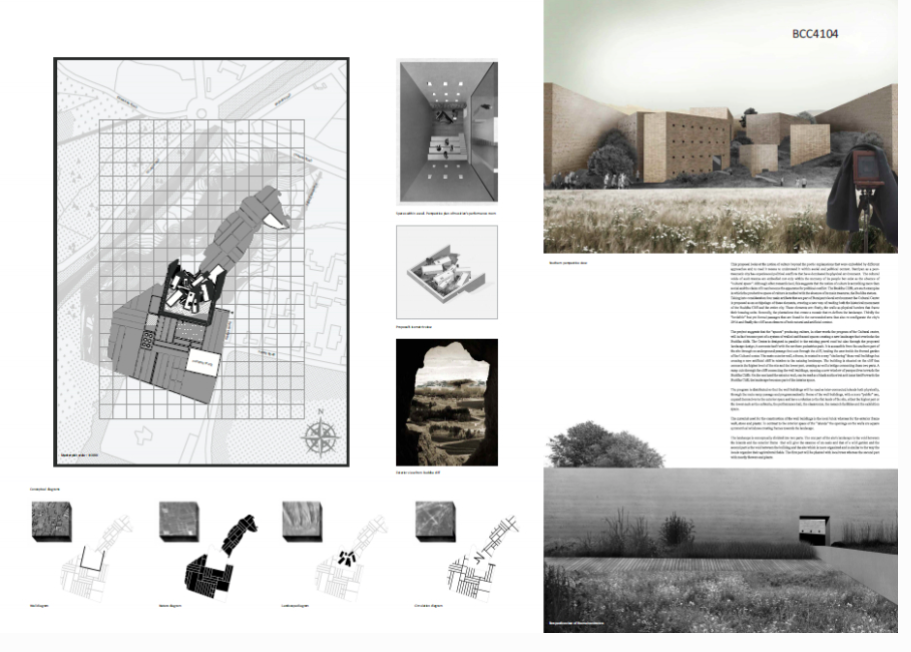
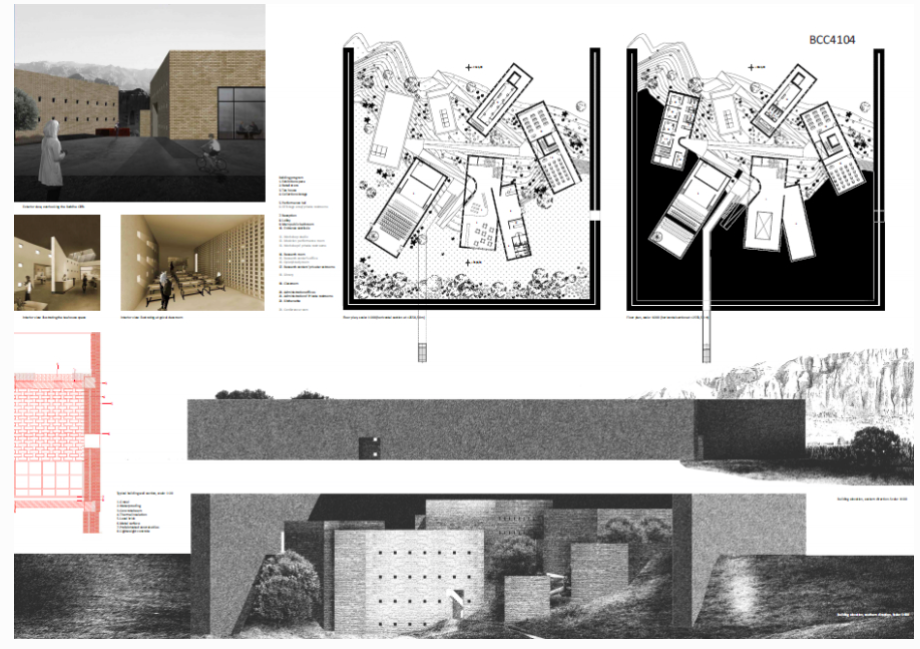
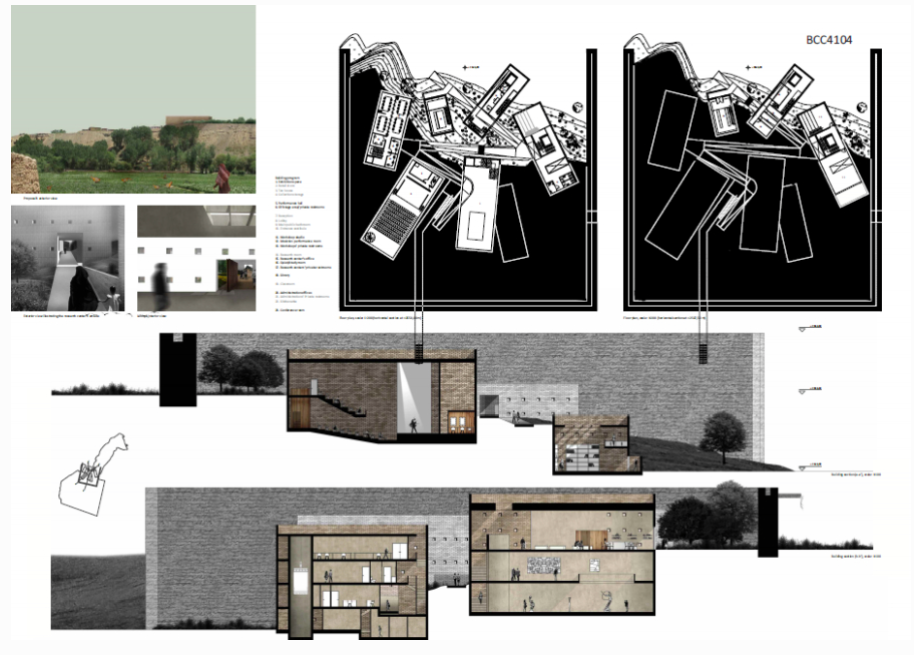
Submission ID:BCC004104
Team Leader:Costas Nicolaou
Team Member:Constantinos Marcou
Advisor:Elena Yennar
Country:Cyprus
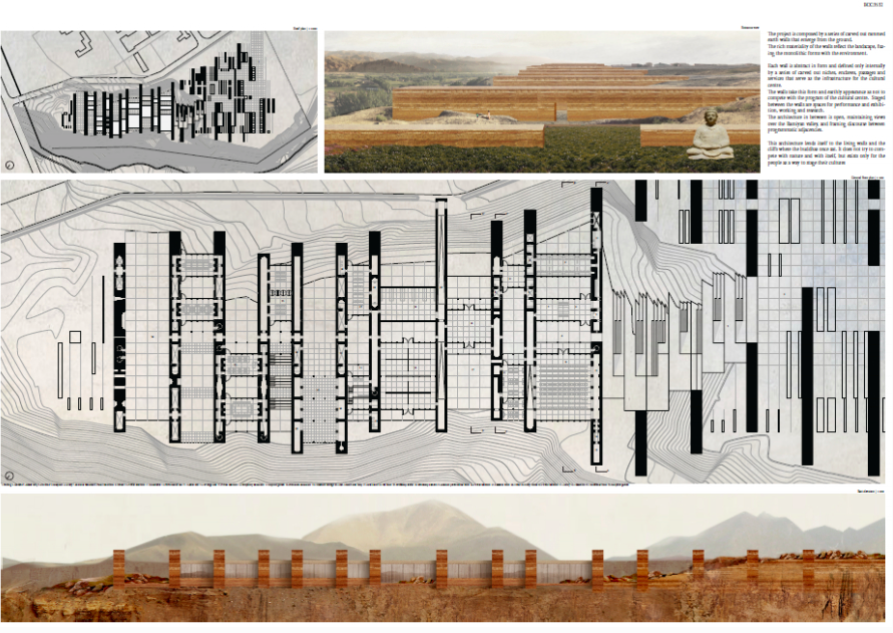
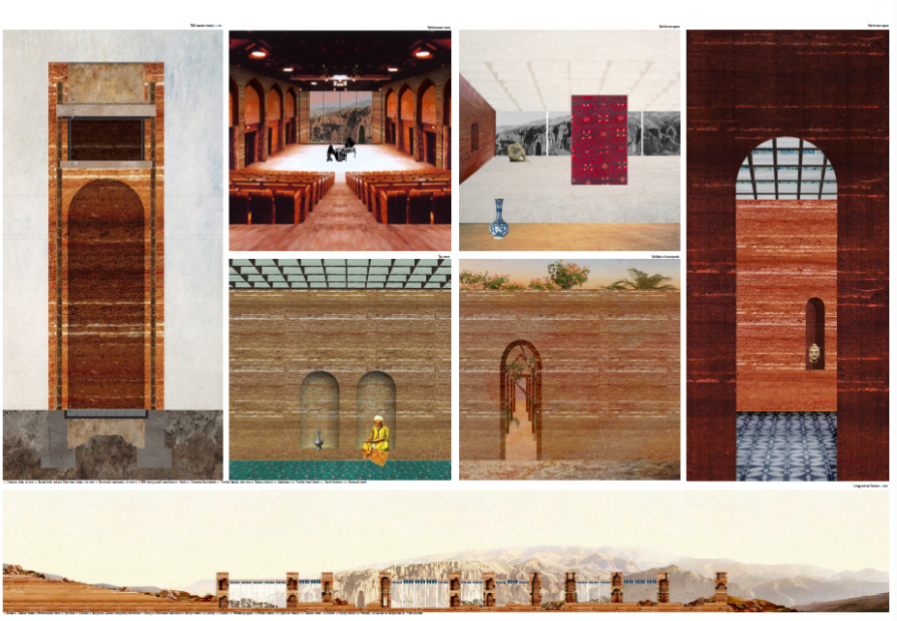
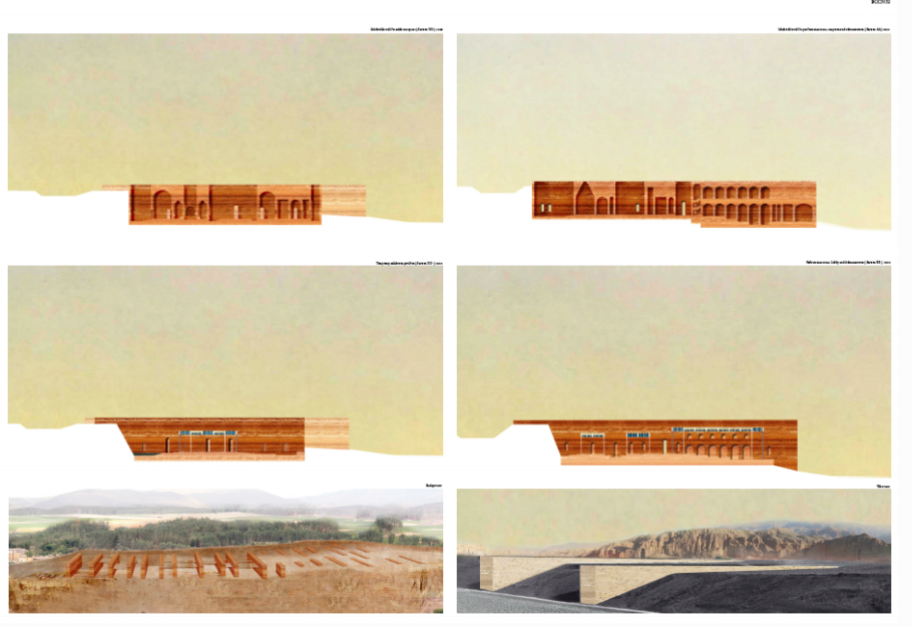
Submission ID:BCC003532
Team Leader:Graham Baldwin
Team Member:Alessandra Covini
Country:Netherlands
All images courtesy of Bamiyan Cultural Centre
An online exhibition of all the design submissions for the Bamiyan Cultural Centre will be available on the project website by mid-March. Project implementation of the winning design will start immediately.
